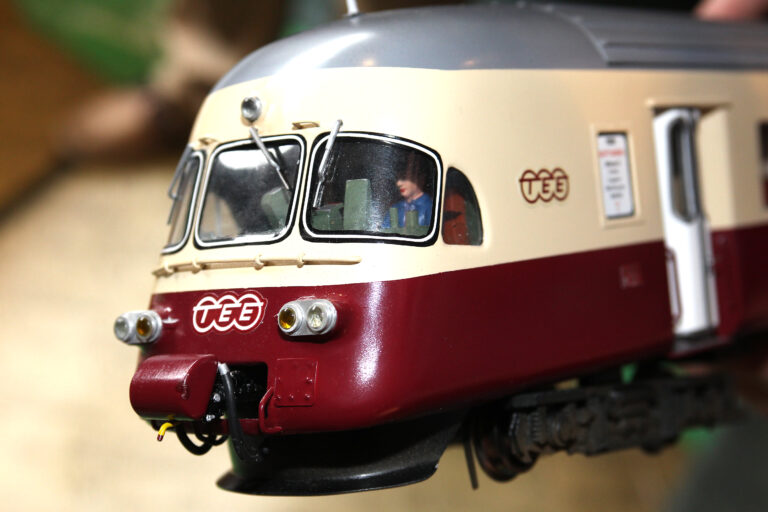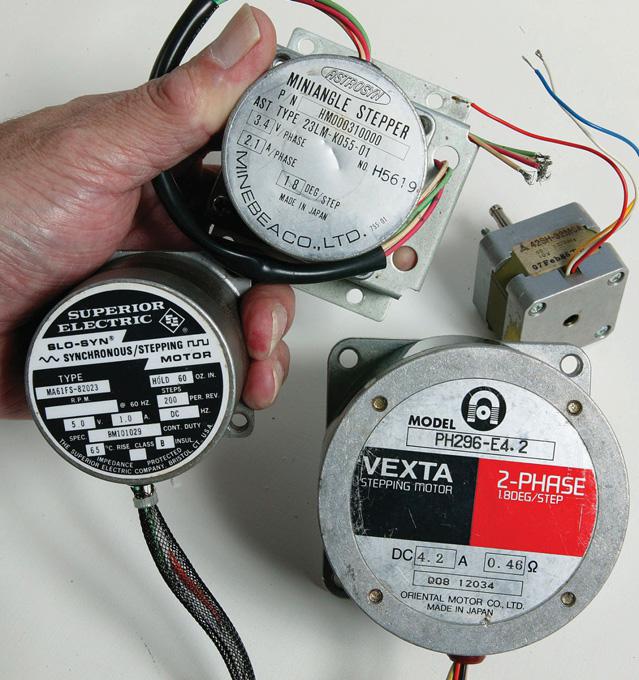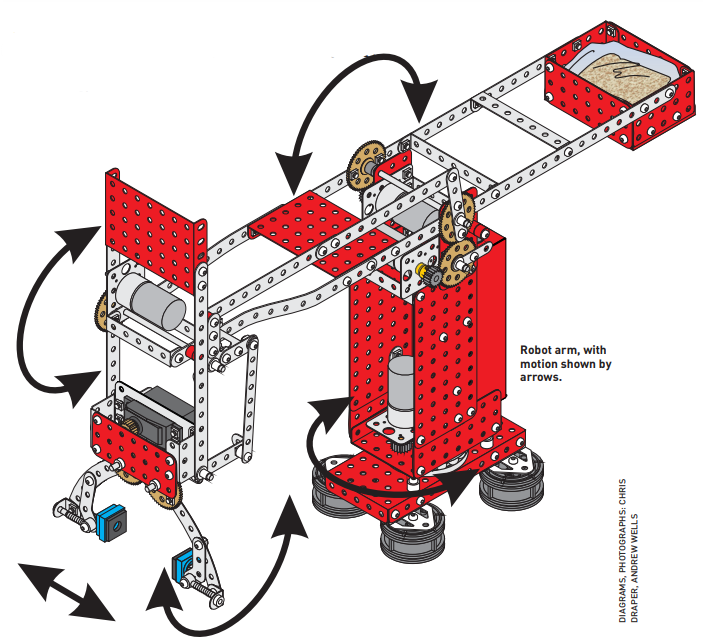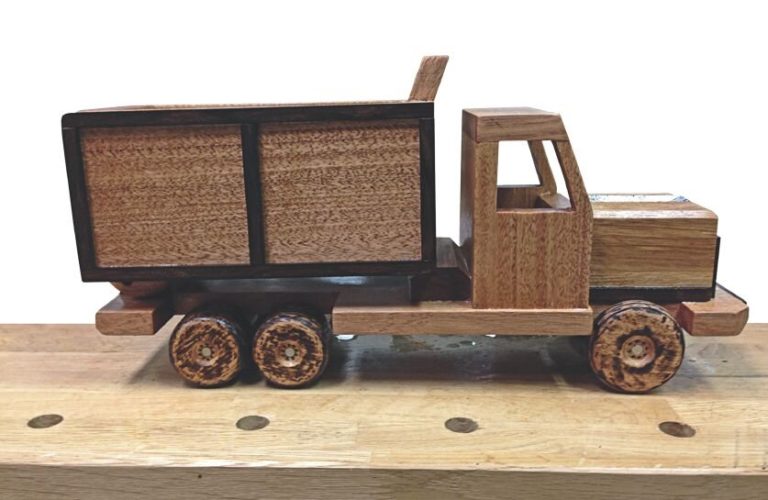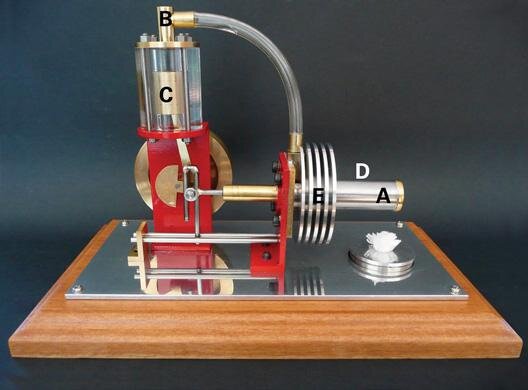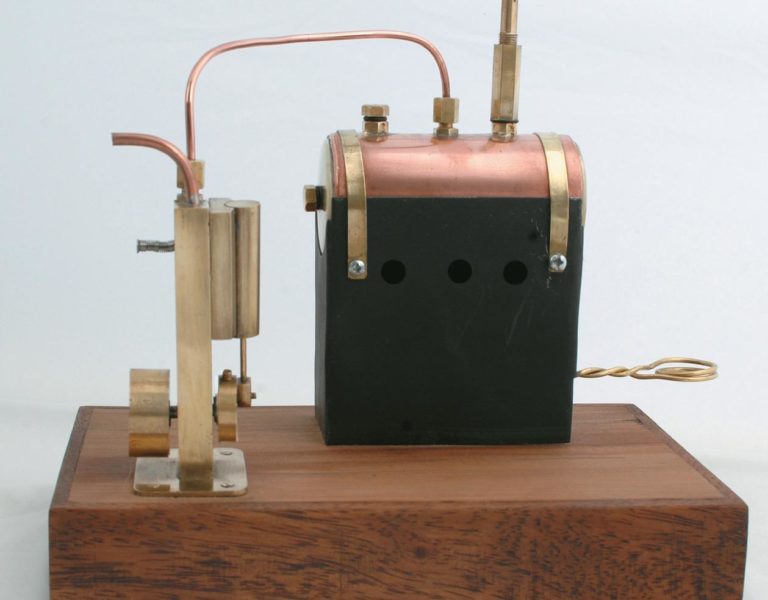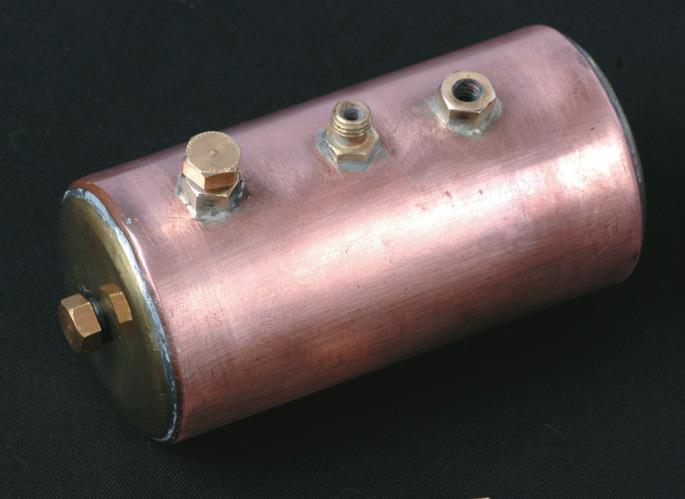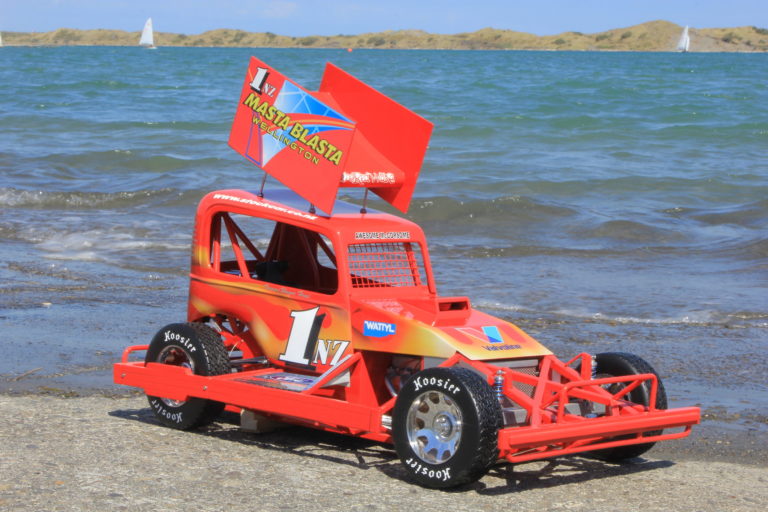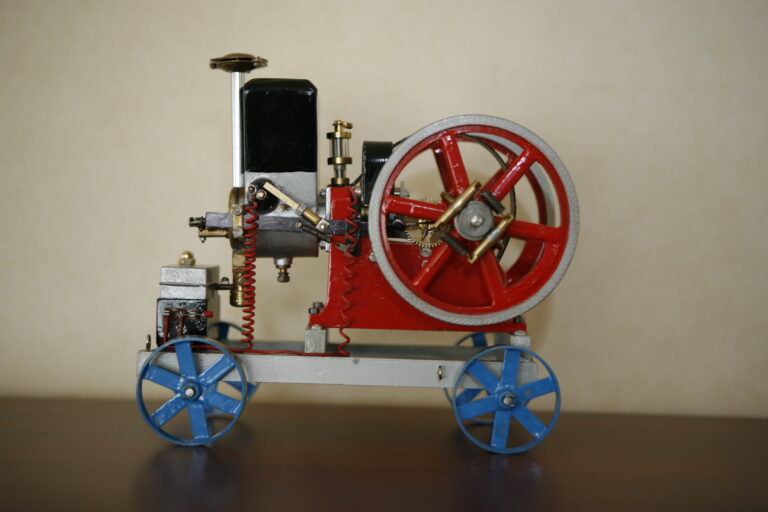
Engines on the move
Something that many shed owners must face at some time is how to maintain their hobby if they have to downsize their property. Owen White is one person who has successfully achieved this by not only downsizing the house but downsizing the hobby. Instead of restoring old internal combustion engines he now makes scale models of them.
In the 1960s, Owen got hold of a 1930s 9 hp Briggs and Stratton stationary engine to restore and was bitten by the vintage engine bug. It sparked a 50-year passion for old combustion engines, and for repairing, restoring and running them at vintage engine shows. Owen joined the Vintage Engine Restorers Club in 1985 after attending their third meeting and remains an active member.

